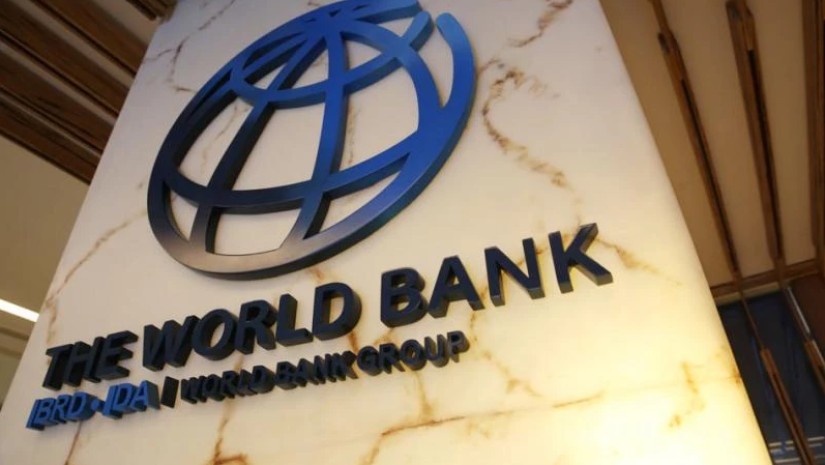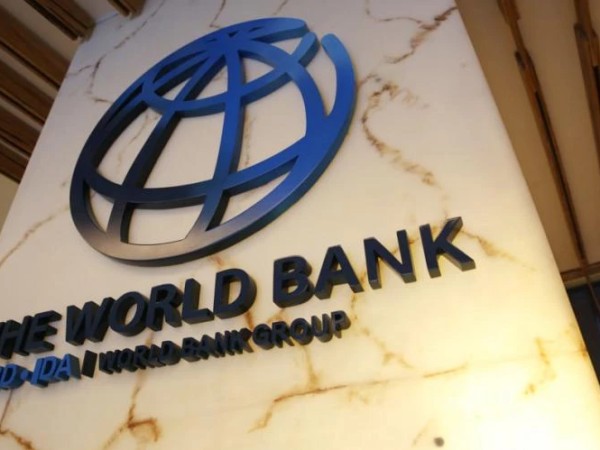The World Bank published Monthly Economic Update for Georgia For December. In October, the economy rose by 6.2 percent (yoy). Economic activity accelerated significantly to 6.2 percent (yoy) in October compared to 5.1 percent in September. Year-to-date growth remains robust at 6.9 percent, driven by financial activities, trade, and transportation.
Manufacturing and real estate contracted. Total turnover of value-added taxpayers rose by 6 percent (yoy) in nominal terms, whereas the number of new business openings fell by 11.8 percent (yoy) due to fewer non-resident registrations.
Net FDI inflows declined to 1percent of GDP in Q3 2023, compared to 3.3 percent of GDP in Q3 2022. The fall is attributed to reduced reinvestments and substantial outflows, linked to redemption of inter-company loans and movements in short-term trade credit. On a positive note, equity investments more than doubled compared to Q3 2022. The United States was the leading source of FDI with USD 51.8 million (16.4 percent of total investment), followed by the United Kingdom and the Netherlands. Turkey and China also made substantial contributions, with these five countries together adding to more than half of total inflows. The financial and insurance sectors attracted the highest FDI, totaling USD 80.2 million (25.4 percent). Georgia attracted 4.6 percent of GDP in FDI in the first three quarters of 2023.
Based on the latest Geostat enterprise survey, the business sector showed robust growth in Q3 2023. Turnover rose by 8.8 percent (yoy) and production value by 5.2 percent, indicating improved economic activity. Trade and recreation had the largest share, representing 36.3 percent and 32.4 percent of total turnover, respectively; this was followed by the manufacturing, construction, and transportation sectors. Large businesses were significant contributors, with 64.2 percent of total turnover and 44.4 percent of production value. The 4.8 percent (yoy) growth in employment aligns with the positive trend in economic activity. Meanwhile, overall employment increased by 0.6 percent only, reflecting a fall in self-employment, where almost a third of the working population is occupied.
Inflation turned negative in December. Prices dropped across the board, except for clothing and utilities. In November, annual inflation eased to 0.1 percent (yoy) due to the price of food and healthcare services falling by 3.1 and 4.3 percent (yoy), respectively. In addition, residential rental prices remained unchanged (mom) in November, (with prices rising by 7 percent yoy). The producer price index (PPI) continued to reflect deflationary trends, recording a 0.8 percent (yoy) fall in October.
The trade deficit, at 44 percent of total trade turnover, narrowed in November. Exports decreased by 1.8 percent (yoy) after a pick-up in October, while a 6.6 percent (yoy) contraction in imports led to a 9.5 percent (yoy) decline in the trade deficit in November. Overall, in JanuaryNovember, the cumulative trade deficit widened by 20 percent (yoy), mostly driven by stronger imports. Available disaggregated statistics for October suggest that export growth continued to be driven by the re-export of used cars (up 176 percent), mostly to the Kyrgyz Republic, Kazakhstan, and Azerbaijan. Meanwhile, other traditional exports, such as copper (down 86 percent, yoy), ferroalloys (down 80 percent, yoy), and wine (down 13 percent, yoy), contributed to a fall in domestically produced exports by 31 percent (yoy) in October. Import growth was primarily fueled by increased demand for used cars, pharmaceuticals, and heavy machinery, whereas imports of fuel and copper
concentrates fell.
The banking system remained healthy. Credit portfolio growth rose from 17.1 percent in October to 17.4 percent (yoy) in November, with foreign currency-denominated loans rising by 19.1 percent. Deposit growth fell to 17.7 percent (yoy, adjusted for foreign exchange effects), driven by lower growth in foreign exchange deposits (6 percent, yoy), whereas domestic currency deposits grew by 34 percent (yoy). As a result, deposit dollarization fell by 6 percentage points over the last year, to 50.8 percent at end November 2023. Official NBG reserves decreased by 5 percent in early December, to $4.9 billion (3.8 months of imports); this was due to a reduction in early December minimal reserve requirements for forex deposits for banks aiming to support Bank’s liquidity while the monetary policy rate remains tight at 10 percent. The GEL depreciated by 0.3 percent (mom, eop) in November as money transfer inflows decelerated. Nevertheless, the GEL has appreciated 10 percent on average against the USD since the onset of the war in Ukraine.















